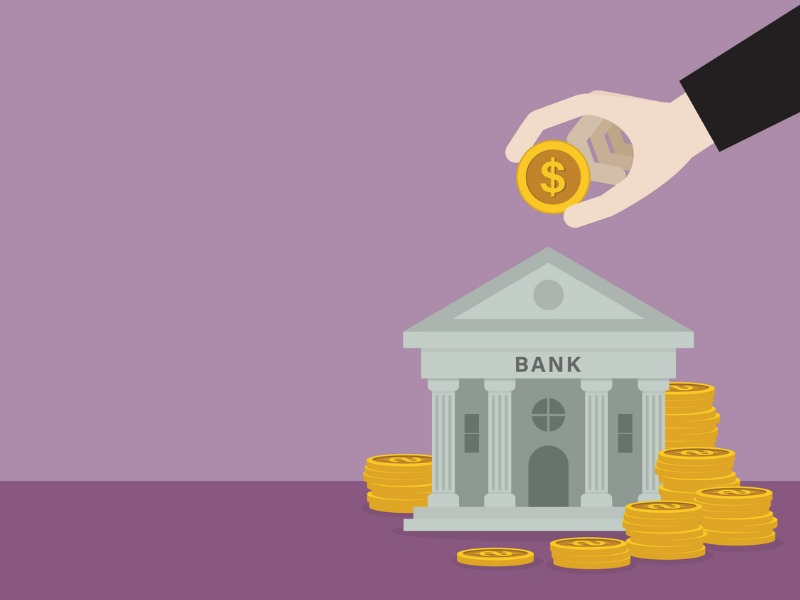
Between the rapid tightening in financial conditions and turmoil in the U.S. regional bank sector, bank deposits have come under pressure in the past couple of months. However, a report from CIBC World Markets Inc. says declining deposits aren’t just the cause of reduced lending activity, they are also the effect, which suggests that recent deposit trends aren’t as worrying as they may seem.
The U.S. bank sector has been grappling with declining deposits, which represent a key source of cheap funding. That drop has come as investors seek higher-yielding alternatives and some flee smaller banks for the perceived safety of larger ones.
“Banks have felt a pinch from the Fed’s tightening, cutting mark-to-market valuations for Treasuries and fixed rate loans, and increasing competition for deposits from higher yielding short-term assets,” CIBC noted.
These forces have created strains on certain banks — even leading to several bank failures — and raised concerns about the provision of credit and the prospects for economic growth. However, these concerns may be overblown.
“Some of what we’re seeing is more a reversion to more normal conditions after ballooning liquidity during the pandemic,” the report said.
Moreover, the decline in deposits isn’t just a cause of reduced lending — it’s also an effect of reduced demand for borrowing, it noted.
“The common perception is that a draining of deposits causes a drop in loans. While that’s a plausible story for any one institution, in the aggregate, there’s also a cause and effect in the other direction, in which a decline in loans outstanding is what actually causes a drop in aggregate deposits,” it said.
When a company decides to pay down its debt, it reduces its deposits and its outstanding loans. “In that scenario, it’s actually the decision to pay down debt that causes the drop in deposits, not weakness in deposits that reduces lending,” the report said.
According to the report, the latest U.S. survey of bank lending officers “suggests that cause and effect are running in both directions these days.”
This reduced demand for corporate borrowing is likely a sign of flagging business confidence and weaker growth expectations — which is the kind of cooling the economy must face to bring inflation back in line.
“So whether it’s due to regional bank ills, or simply the impact of much higher rates, it appears that the Fed tightening will at least entail a close brush with recession, a reason why the central bank ought to stay on hold at this point,” the report said.